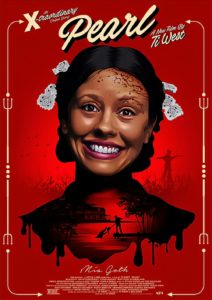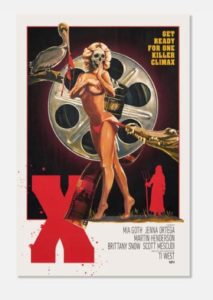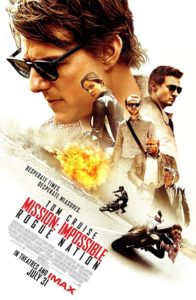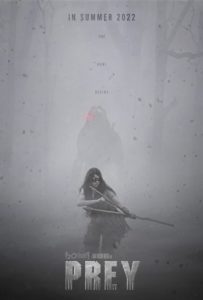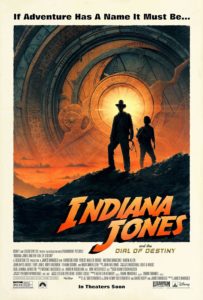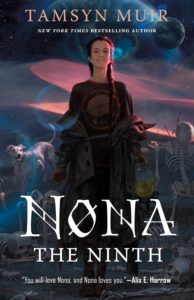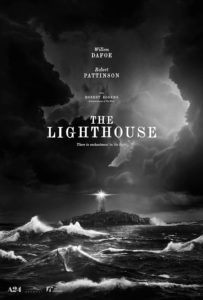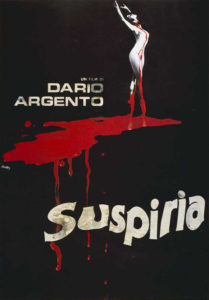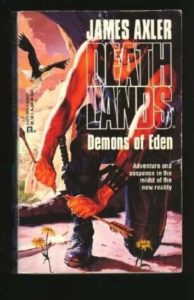 I know I was just complaining about how these Deathlands books are just extruding titles now, but maybe someone else thought the same thing lo these 27 years ago? Because Demons of Eden is basically on the nose. I could wish the editors were better about paying attention to character continuity now that there are multiple authors, or for that matter about scene continuity within a single volume.
I know I was just complaining about how these Deathlands books are just extruding titles now, but maybe someone else thought the same thing lo these 27 years ago? Because Demons of Eden is basically on the nose. I could wish the editors were better about paying attention to character continuity now that there are multiple authors, or for that matter about scene continuity within a single volume.
And I could especially wish the books had not suddenly remembered their genre and started turning all male gazey. 38 books in, plus owning all of them, I’m not likely to stop now. But I miss being able to recommend them with almost no reservations[1], back when they were subverting the expectations of their audience instead of pandering to it, and back when there was a little more science in my speculative fiction.
But my original point was that at least the plotting is a bit more interesting and on track and acting like it and the title are related, which is not nothing. This time, our heroes tackle ancient Sioux and conquistador legends about lost cities of gold, which might also hold the key to undoing a century of nuclear damage to the entire planet. But if the only way to reach that end is to despoil one of the last idyllic locales in the post-holocaust world, is it worth it?
In conclusion, ley lines and Gaia and leaning more into earth-based fantasy plotting is all well and good, but I miss when the characters were jumping into government funded teleporters all the time.
[1] Way too detailed about guns in use, which is its own kind of uncomfortable in these fallen times, and some pretty explicit violence on the regular. But otherwise? A+, for a long run of books.
